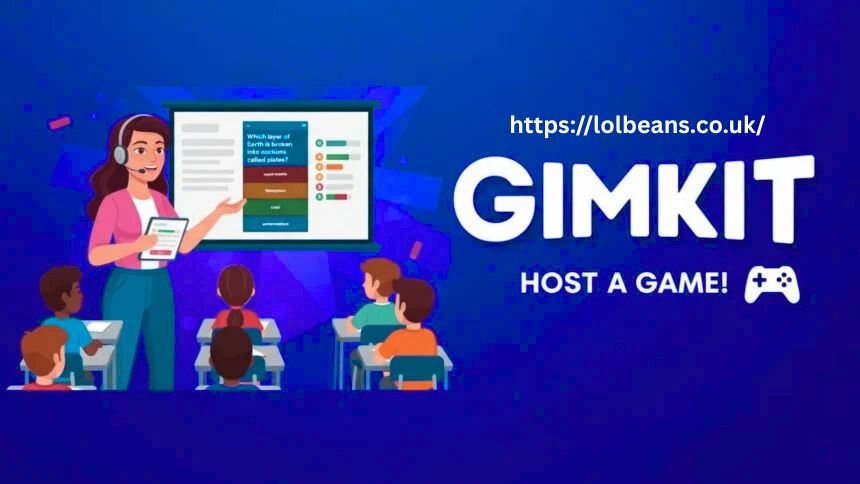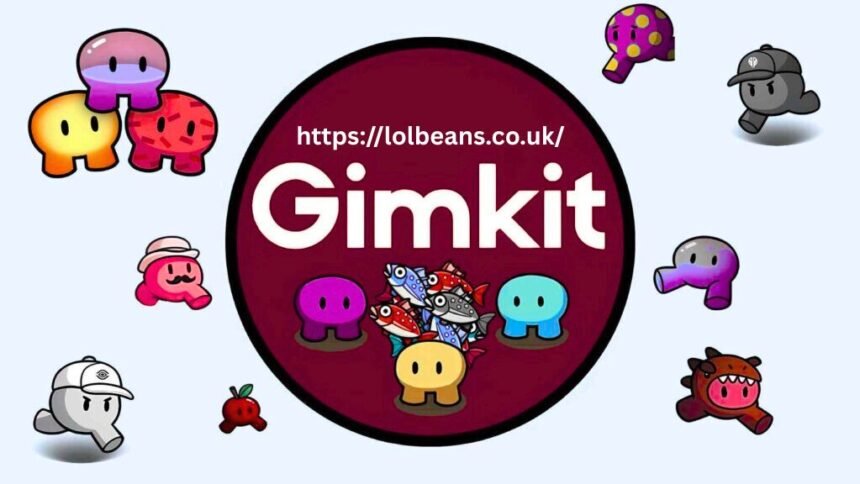Hosting a game on Gimkit Host can be exciting, challenging, and incredibly rewarding if done right. Whether you’re a teacher looking to engage students in a fun learning experience, or a student hosting a review session with friends, mastering the art of hosting in Gimkit can elevate your games from ordinary to unforgettable. In this guide, we’ll cover everything you need to know to run pro-level Gimkit sessions, maximize engagement, and make your players come back for more.
Understanding Gimkit Host The Basics
Gimkit Host is an interactive, gamified learning platform designed to make studying fun and effective. Unlike traditional quizzes, Gimkit allows players to earn virtual currency while answering questions correctly. This currency can be used to purchase power-ups, boosters, and other in-game advantages, adding a strategic element to every session. The host, whether a teacher or student, has the power to set the pace, control the game settings, and keep players engaged.
Before diving into advanced hosting techniques, it’s crucial to understand the platform’s core features:
- Kit Creation: As a host, you start by creating a Kit, which is essentially a collection of questions. Kits can include multiple-choice, true/false, and short-answer questions. Organizing your Kit with clear categories or difficulty levels makes the game smoother for players.
- Game Modes: Gimkit offers various modes such as “Classic,” “Team Mode,” “Timed Mode,” and “Collaborative Mode.” Each mode provides a different experience and can cater to different group sizes and learning objectives.
- Power-Ups and Boosts: Players can earn or purchase in-game boosts like double money, extra lives, and speed boosts. Knowing how and when to enable these features can dramatically increase player engagement.
By understanding these foundational features, hosts can better plan their sessions and create a dynamic, fun experience for participants.
Preparing for Your Gimkit Session
Preparation is key to a successful Gimkit game. The following tips can help you organize and optimize your session:
- 1. Know Your Audience
Understanding your players’ age, knowledge level, and interests is critical. If you’re hosting a classroom review, tailor the questions to the specific syllabus or topics students are struggling with. For casual or social games, make questions relatable or funny to keep energy high.
- 2. Curate High-Quality Questions
The quality of your questions can make or break a session. Avoid overly complicated or ambiguous questions that may frustrate players. Instead, use a mix of easy, medium, and challenging questions to maintain engagement throughout the game.
- 3. Test Your Kit
Before hosting a live session, run a practice game. This allows you to catch typos, check the timing, and ensure that all interactive elements function as intended. Testing beforehand helps prevent interruptions or confusion during the actual game.
- 4. Set Clear Rules
Even in a casual setting, establishing clear rules about scoring, time limits, and power-up usage can prevent misunderstandings and keep gameplay fair. Communicate these rules at the start of the session so players know what to expect.
Hosting Tips for Maximum Engagement
Once your Kit is ready, it’s time to focus on hosting strategies that take your games to the next level. Here are some pro-level tips:
- 1. Keep Energy High
The host sets the tone for the game. Use enthusiastic language, positive reinforcement, and playful commentary to maintain excitement. Players are more likely to stay engaged when the host is actively involved and energetic.
- 2. Use Game Modes Strategically
Different game modes serve different purposes. For example:
- Classic Mode: Ideal for review sessions where knowledge reinforcement is the goal.
- Team Mode: Perfect for collaborative learning or larger groups, promoting teamwork and communication.
- Timed Mode: Adds urgency and excitement, encouraging quick thinking and fast responses.
Choosing the right mode based on your audience and objectives can dramatically enhance the experience.
- 3. Monitor Player Progress
Gimkit provides real-time analytics on player performance. Use this data to adapt the game, offer encouragement, or create challenges for players who are excelling. Highlighting top performers or funny mistakes keeps everyone invested in the session.
- 4. Integrate Humor and Personalization
Adding jokes, pop culture references, or player nicknames can make the game feel more personal and entertaining. Humor keeps players relaxed and engaged, while personalization shows that you’re attentive to the group.
- 5. Adjust the Game Pace
Pay attention to how quickly players are answering questions. If the pace is too fast, slow it down by explaining certain questions or discussing interesting facts. If it’s too slow, introduce time-limited questions or bonus rounds to keep energy levels high.
Enhancing Learning Outcomes
Gimkit Host isn’t just about fun it’s also a powerful learning tool. Here’s how to host games that are both entertaining and educational:
- 1. Focus on Reinforcement
Use your Kit to reinforce key concepts. After each round, review correct answers and explain why other options were incorrect. This immediate feedback helps players retain knowledge and understand mistakes.
- 2. Encourage Critical Thinking
Instead of just testing rote memorization, include questions that require analysis or problem-solving. Encourage players to think critically before choosing answers, making the game intellectually stimulating as well as fun.
- 3. Promote Collaboration
In team-based modes, players can discuss strategies and answers with teammates. This fosters communication skills and deeper understanding of the subject matter. Consider rotating team members between rounds to expose players to different perspectives.
Advanced Hosting Techniques
For hosts who want to take their games to a professional level, these advanced strategies can make a huge difference:
- 1. Custom Power-Up Strategies
Experiment with power-up availability to influence game dynamics. For instance, limiting powerful boosts early in the game encourages players to focus on knowledge rather than just strategic advantages.
- 2. Themed Kits
Create Kits around specific themes such as holidays, pop culture, or sports. Themed games feel more immersive and keep players excited about upcoming sessions.
- 3. Adaptive Difficulty
Adjust the difficulty of questions based on player performance. If most players are answering correctly, increase the challenge. If they’re struggling, offer easier questions to maintain confidence and motivation.
- 4. Reward Consistency
Recognize players who participate actively, answer correctly, or demonstrate improvement. Consistent rewards, whether in-game currency or public acknowledgment, encourage continued engagement.
- 5. Encourage Friendly Competition
Introduce leaderboards or mini-challenges within the game. Friendly competition motivates players to perform better and can turn a simple session into a memorable experience.

Common Mistakes to Avoid
Even experienced hosts can fall into traps that reduce player engagement. Here’s what to watch out for:
- Overloading Questions: Too many questions in a single round can overwhelm players. Keep rounds manageable to maintain focus.
- Neglecting Interaction: Simply reading questions without engaging players can make the game feel dull. Encourage discussion and commentary.
- Ignoring Feedback: Pay attention to player feedback after the session. Use it to improve your Kits, pacing, and hosting style.
- Lack of Variety: Using the same types of questions or game modes repeatedly can make the game predictable. Mix things up to keep interest high.
Conclusion
Mastering the art of hosting in Gimkit Host requires preparation, energy, and strategic thinking. By understanding the platform’s features, preparing high-quality Kits, and applying pro-level hosting techniques, you can create engaging, educational, and fun games that players look forward to. Remember, the key to a successful Gimkit session isn’t just about asking questions it’s about creating an experience that’s memorable, interactive, and full of excitement.
With these tips, anyone can elevate their hosting skills and transform ordinary Gimkit Host sessions into extraordinary learning adventures. Whether you’re teaching a classroom, hosting a study group, or just having fun with friends, the art of hosting is your secret weapon to make every game a pro-level success.







